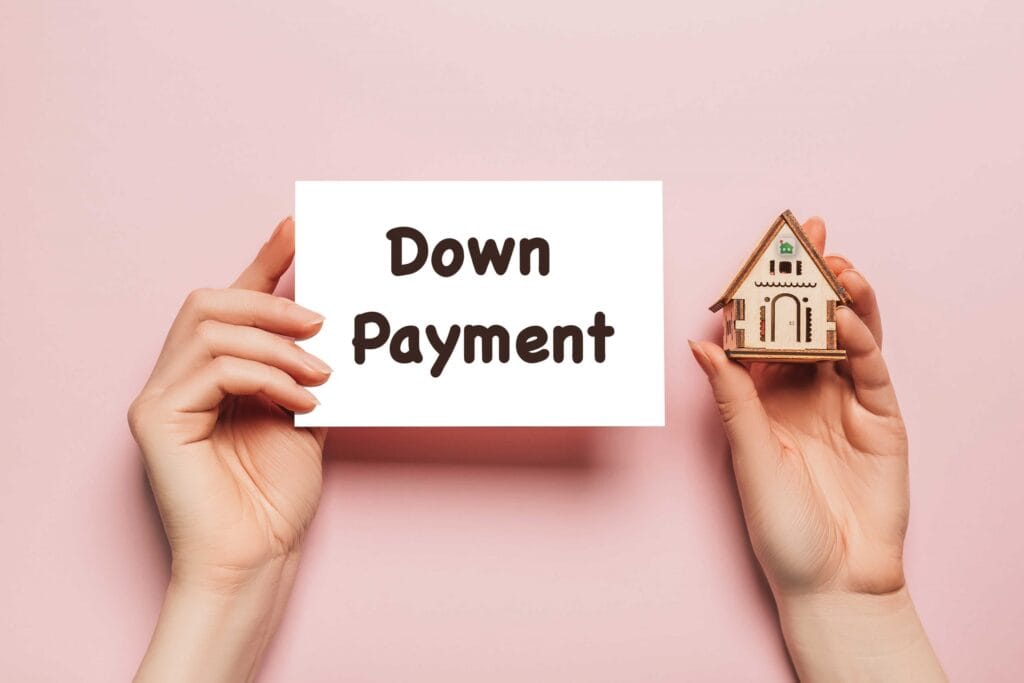Zack, a Canadian soldier in his 40s, turned limited savings...
Read MoreHow Much You Need to Earn to Afford a $1 Million Home in 2025
Once considered a ticket to luxury, a $1 million home no longer guarantees a mansion—especially in today’s high-cost housing markets. In fact, depending on your location, that price tag could fetch anything from a modest one-bedroom condo to a sprawling suburban property.
But regardless of where you’re buying, the big question remains: how much do you need to earn to afford a $1 million home today?
Let’s break it down—step by step.
Estimating Affordability: A $250K Salary Is Often the Starting Point
Assuming a traditional 30-year mortgage and current average interest rates near 7%, most lenders would consider a $250,000 annual income a reasonable minimum to qualify for a $1 million home—though that depends on how much you put down, your existing debts, and whether you’re subject to jumbo loan rules.
Using the 28/36 lending rule, here’s how that math plays out:
28% of a $20,833 monthly income = ~$5,833 max mortgage payment
This should cover principal, interest, taxes, and insurance
💡 In this scenario, your housing costs shouldn’t exceed $5,800–$6,000 per month
The Role of Down Payments and Loan Type
20% Down Payment Example:
Home price: $1,000,000
Down payment: $200,000 (20%)
Loan amount: $800,000
Estimated monthly mortgage: ~$5,322
Total interest over 30 years: ~$1.12 million
10% Down Payment Example:
Loan amount: $900,000
Monthly mortgage: ~$5,988
Total interest: ~$1.26 million
👉 A larger down payment can significantly reduce both monthly costs and lifetime interest. It also determines whether you’ll need a jumbo loan, which brings stricter approval requirements.

What Is a Jumbo Loan—and Will You Need One?
A jumbo mortgage is required when your loan amount exceeds the FHFA’s conforming loan limit, which is $806,500 in most areas for 2025 (up to $1,209,750 in high-cost areas like coastal California or parts of NYC).
If you’re financing more than the conforming limit, you’ll face tougher standards:
Credit score: Typically 700+
Down payment: Often 10–30%
Debt-to-income (DTI) ratio: Below 36%
Cash reserves: May need to show 6–12 months of mortgage payments saved
Extra appraisals: Some lenders require a second home appraisal
Not all $1M homebuyers need jumbo loans—it depends on how much you finance. But if you do, be ready for more paperwork and tighter financial scrutiny.
Understanding DTI: Why It’s Crucial to Mortgage Approval
Your Debt-to-Income Ratio (DTI) compares what you owe each month to what you earn before taxes. Lenders use it to measure your ability to repay a mortgage.
DTI formula:
(Mortgage + minimum loan/credit payments) ÷ gross monthly income
Example:
Income = $10,000/month
Mortgage = $2,000
Student loan = $300
Car loan = $500
DTI = 28% — within acceptable limits for most lenders.
Jumbo lenders typically cap DTI at 36% or lower.
The 28/36 Rule and Why It Still Matters
Most lenders rely on this old-school rule of thumb:
No more than 28% of gross income should go to housing costs
No more than 36% should go toward all monthly debts combined
For a buyer earning $250,000/year:
Housing max = ~$5,833/month
Total debt (housing + other loans) max = ~$7,500/month
This means that if you have no other significant debts, a $1 million home is potentially within reach—at least on paper.
Where $1 Million Homes Are (and Aren’t) Luxurious
In many U.S. markets, $1 million still opens doors to premium properties. But in high-demand areas like California, Massachusetts, and parts of New York, it may barely buy a starter home.
According to NAR data, these counties top the list for median home values:
| County | Median Price |
|---|---|
| Marin, CA | $1,579,260 |
| San Mateo, CA | $1,558,790 |
| Santa Clara, CA | $1,517,190 |
| Nantucket, MA | $1,459,650 |
| Teton, WY | $1,419,960 |
| San Francisco, CA | $1,407,780 |
🏔️ Teton County, WY—though rural—fetches sky-high prices thanks to proximity to Jackson Hole, ski resorts, and national parks.

Quick Affordability Rules of Thumb
Real estate brokers often recommend the 3x to 4x income rule:
Your home price should not exceed 3–4 times your gross annual income.
Earning $250,000/year → afford up to $1 million
Earning $150,000/year → max out around $600,000
Keep in mind:
Mortgage rates
Down payment size
PMI (if <20% down)
Property taxes and insurance
Your other recurring debt obligations
Run numbers through a mortgage calculator to fine-tune.
Final Takeaway: Buying Smart Is Just as Important as Buying Big
A $1 million home is still within reach for many buyers in 2025—but only with a strong income, solid credit, and a strategic approach to down payments and debt.
And if that figure feels out of reach? Don’t lose hope.
“Realizing your original budget no longer works can be discouraging, but it doesn’t mean homeownership is out of reach,” says KB Home president Rob McGibney. “The goal isn’t just to buy—it’s to buy smart.”
With a long-term mindset, even buyers priced out of million-dollar homes today can still take meaningful steps toward ownership—and wealth-building—tomorrow.
Visit aifinancial.ca for more

You may also interested in
From $100K to $520K: How a Millennial Actuary Couple Achieved a 154% Leveraged Return| AiF Clients
Discover how a millennial actuary couple used investment loans and...
Read MoreCan Non-Residents Invest in Segregated Funds in Canada?Hazel’s Journey with Ai Financial| AiF Clients
Hazel, a non-resident mother in Canada, invested CAD $200,000 across...
Read MoreFrom Anxiety to Empowerment: How a Mom of 3 Gained $67K in 20 Months | AiF Clients
Zara, a working mom of three, turned $200K into $259K...
Read MoreHow Lisa Turned Her Insurance and Real Estate into $1.7M Cash Flow | AiF Clients
Discover how Lisa transformed her locked insurance and real estate...
Read More




